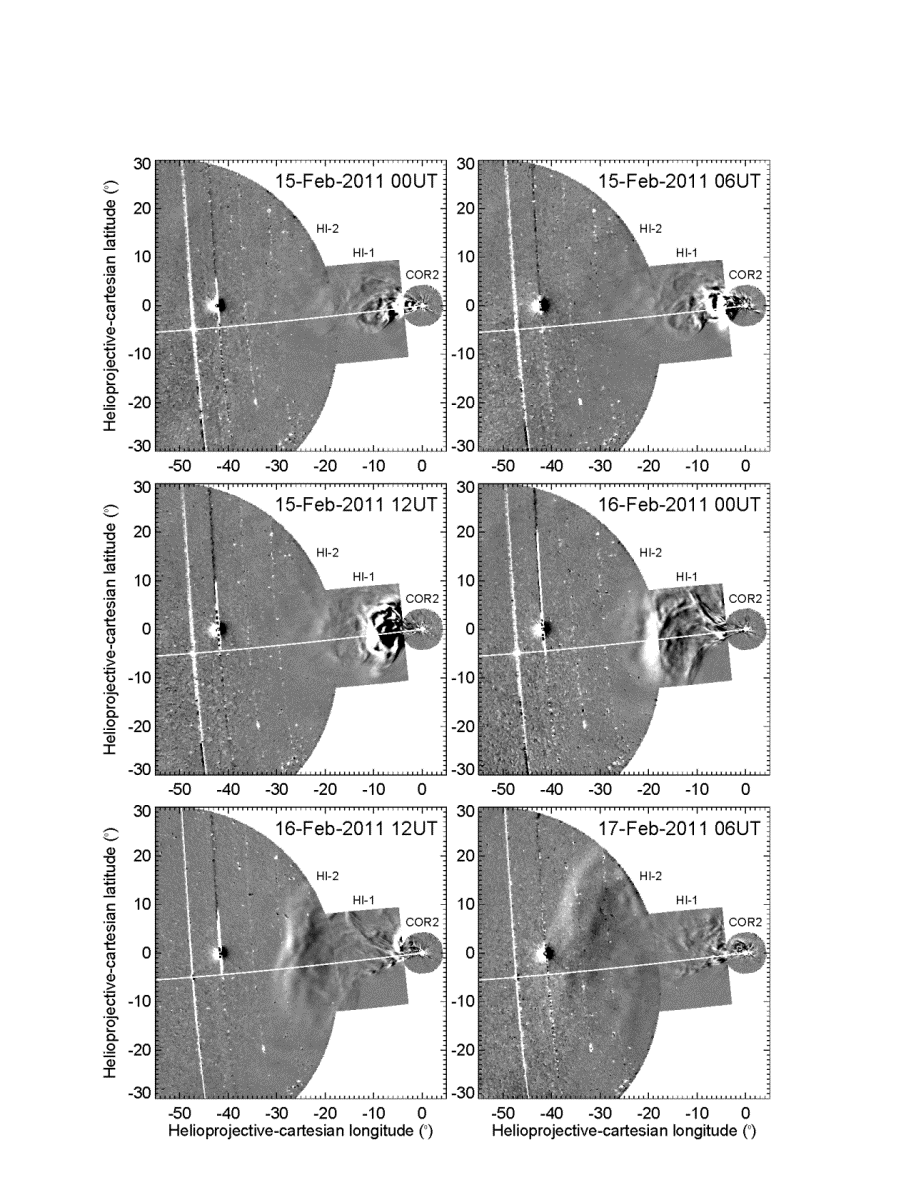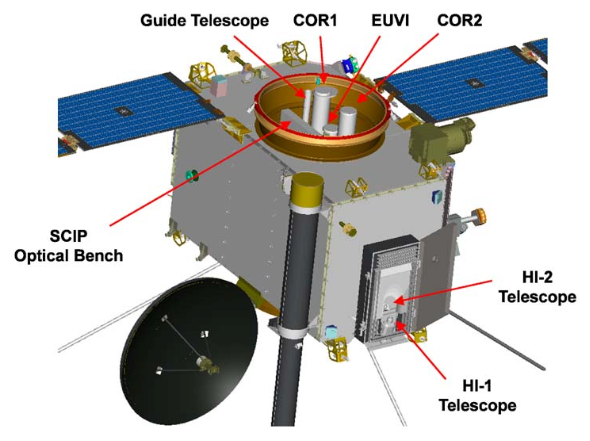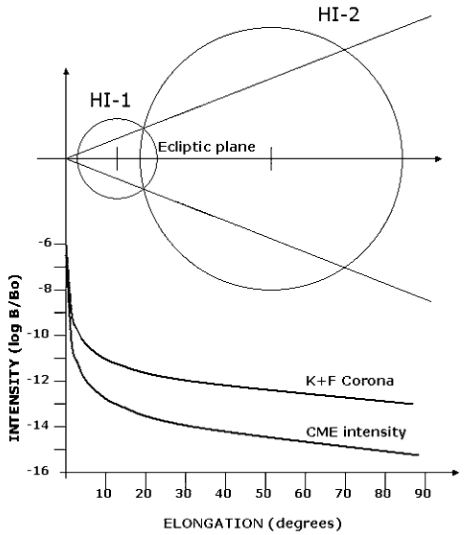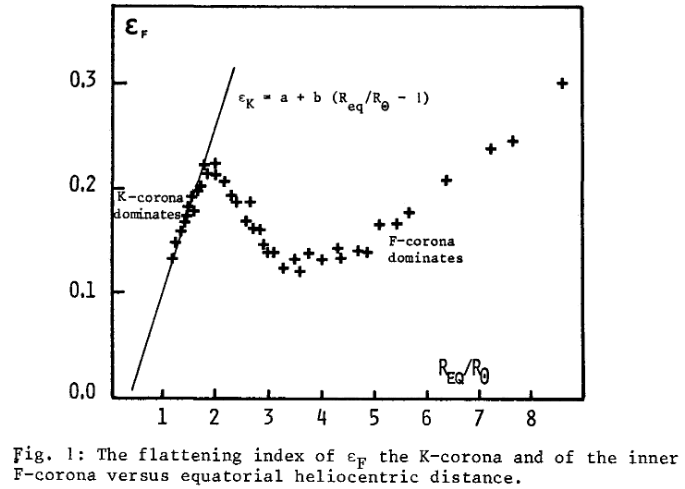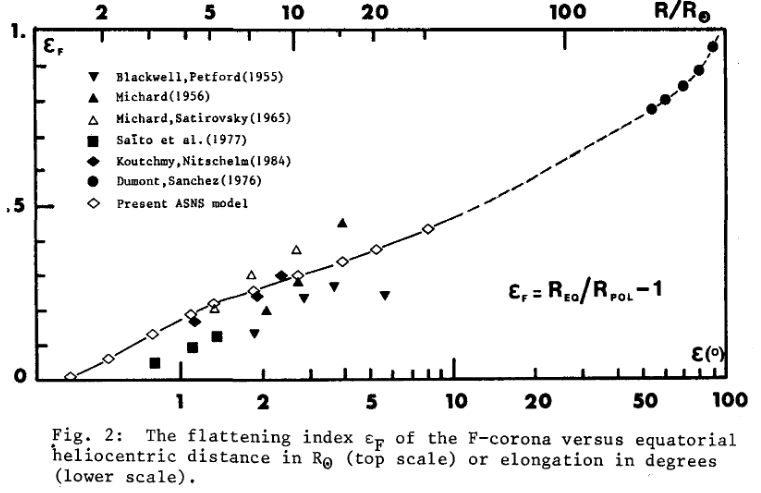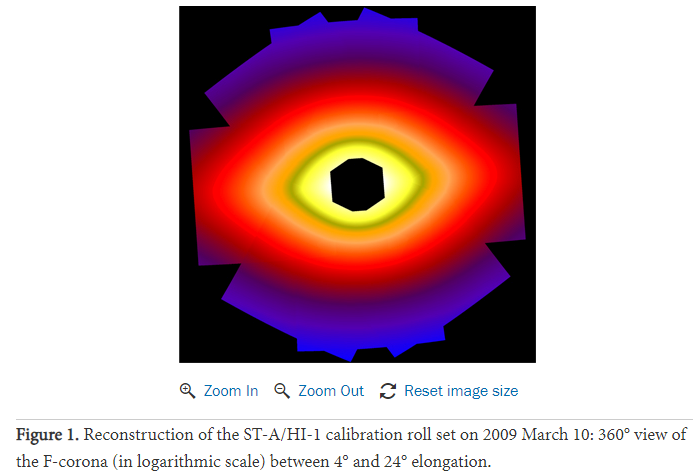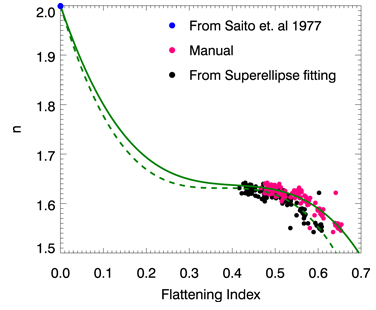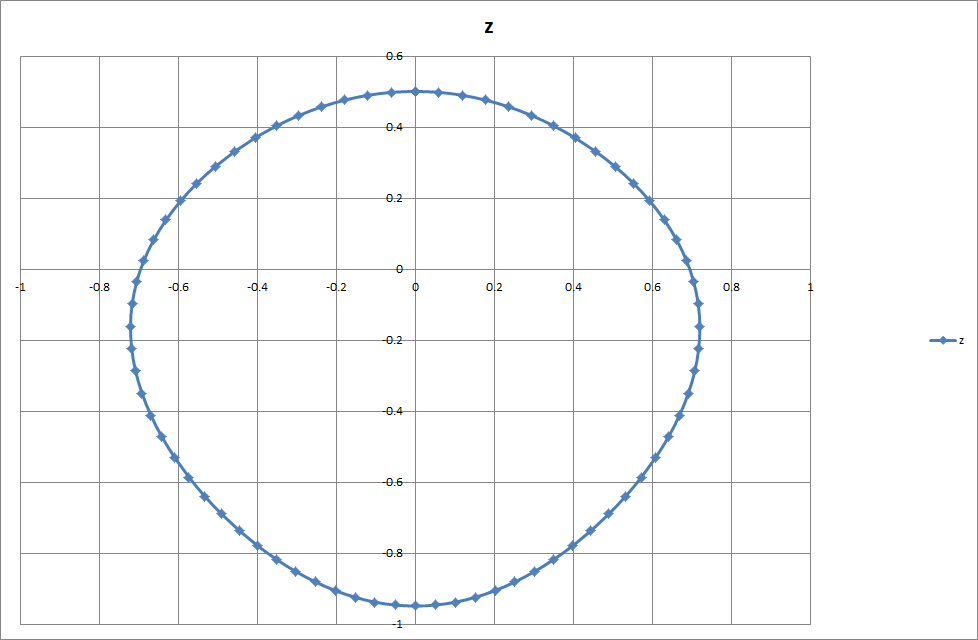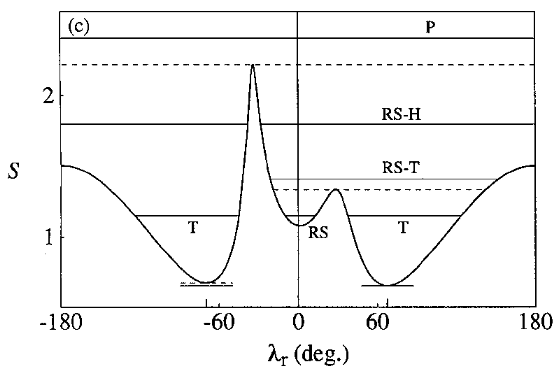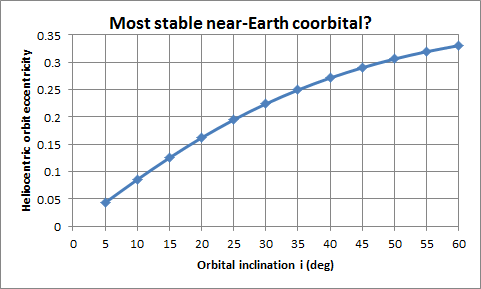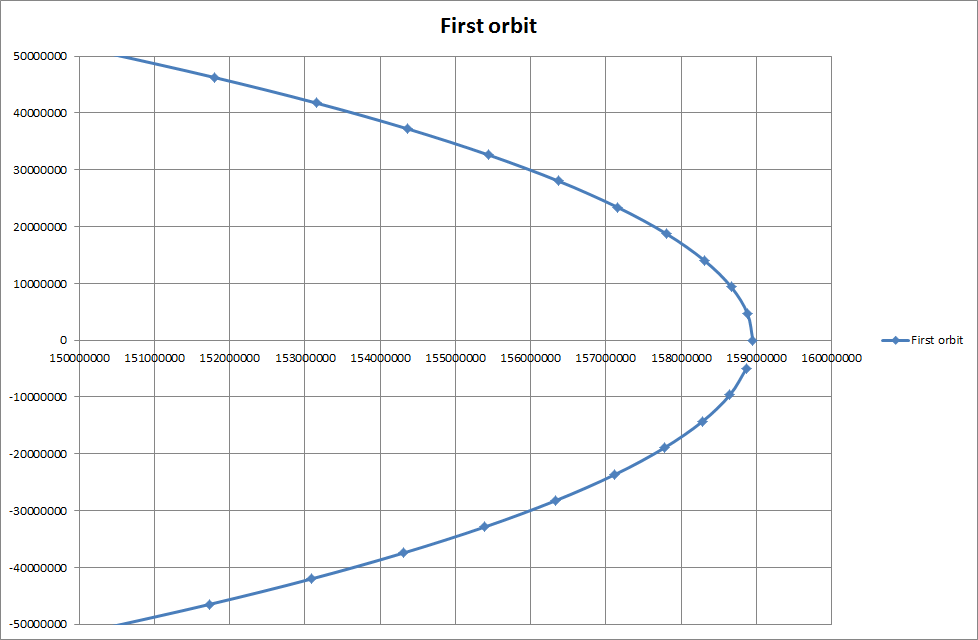I was going to ask if you knew of any badly aimed videos taken from space or suborbital (eg high altitude balloon or sounding rocket.
The video has to be badly aimed because i need the Sun to drift in or out of frame.
The purpose is to map the brightness of the zodiacal light within 30 degrees of the Sun.
But i may be able to do better.
“The STEREO mission (16), launched in October 2006, uses two nearly identical
spacecraft, A and B, to provide synoptic observations of the Sun and the heliosphere interior to
1 AU. Each spacecraft carries a Heliospheric Imager instrument (17), HI-2, both of which
continuously monitor the inner zodiacal cloud. These HI-2A and HI-2B instruments have a field-
of-view of about 70° centred on ecliptic latitude ≈0° at helioecliptic longitude |’|=53.7°. In
searching for a dust ring at the orbit of Venus, the lines-of-sight that are of interest are close to
the ecliptic plane and have 40°<|’|<50° (depending on the location of the spacecraft) (Fig. 1).
In normal science operations, the HI-2 instrument generates a 1024×1024 pixel image
with ≈4 arcmin resolution every two hours. Further processing, including positional calibration
(18), results in the Level-1 data used here. The instrument is sensitive to wavelengths of 400–
1000 nm, and the dominant diffuse source in HI-2 images is solar radiation scattered by dust
grains (with radii 10−100 m (19)) in the zodiacal cloud. The typical surface brightness at
(’≈45°, ≈0°) is ≈8 DN s-1
pixel-1
(DN is data number, 1 DN ≅ 15 photoelectrons is the default
unit used by the instrument team (17)). The HI-2 instrument was designed (17) to monitor
coronal mass ejections having a surface brightness of about 1% of that of the zodiacal light. By
combining ~100 HI-2 Level-1 images, photometry on the zodiacal cloud to an accuracy of order
0.1% can be extracted. A major limitation is the presence of systematic errors that compromise
this photometry. These arise from various sources: saturation stripes, ghosting caused by bright
objects and the presence of the galactic plane within 30° of the region of interest. To avoid
contamination, data containing these features were not used in our analysis.”
From Jones, M. H., Bewsher, D. & Brown, D. S. 2013, Science, 342, 960 “Imaging of a circumsolar dust ring near the orbit of Venus”.
To use that, i’d have to get access to raw data from the HI-2 instrument(s) onboard STEREO.
On the other hand, 53.7 degrees minus 70/2 = 35 degrees is 18.5 degrees, nowhere near close enough to the Sun. I want as close as 5 degrees ideally, 9 degrees worst acceptable.
So i do need badly aimed videos taken from space or suborbital. Please?
